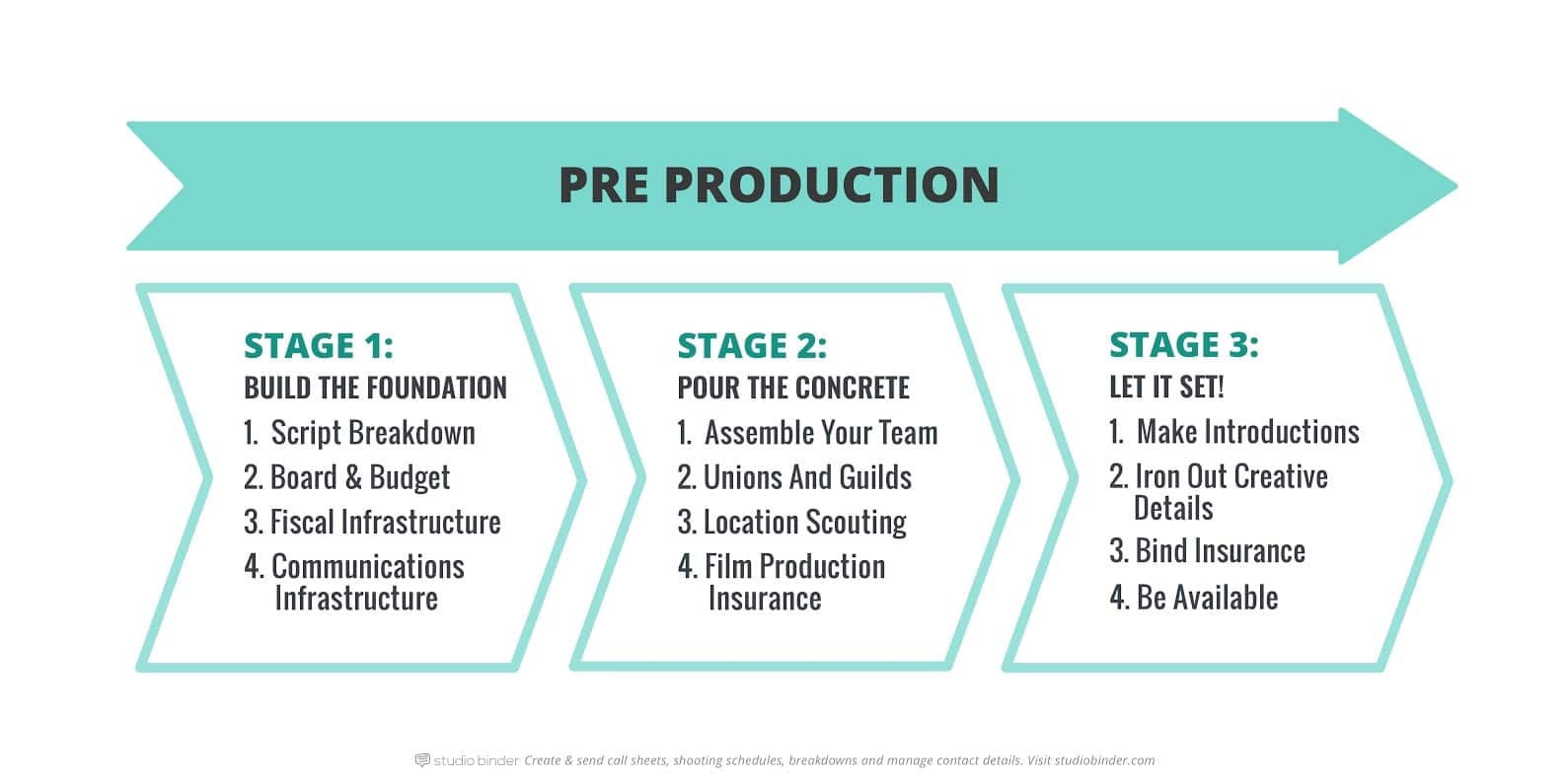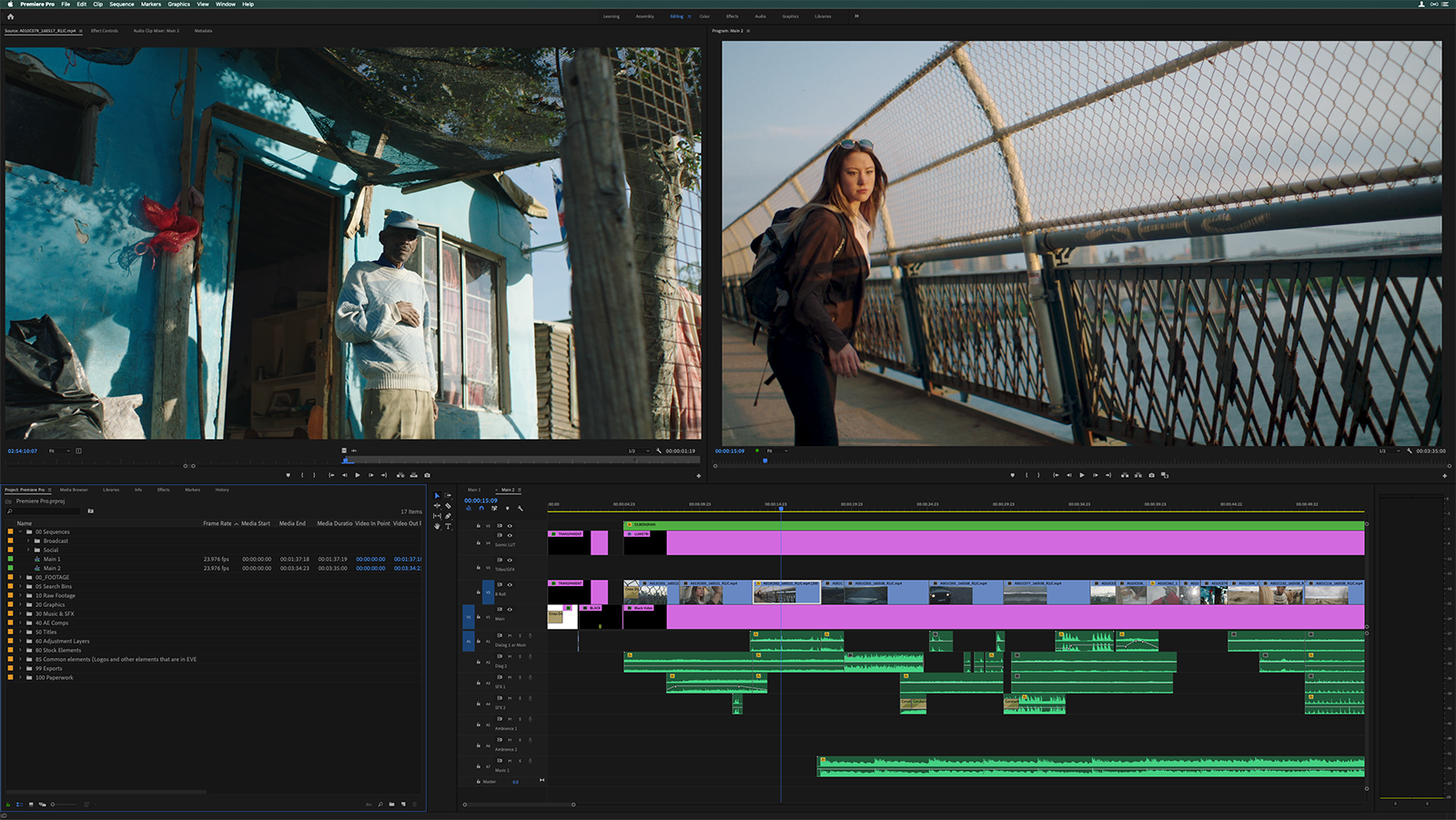:format(webp)/cdn.vox-cdn.com/uploads/chorus_image/image/57856869/Screen_Shot_2016-04-28_at_4.12.10_PM.0.0.png) |
| Image Source |
This week our project work got underway, beginning with preproduction. Our given topic is Internet Algorithms and Gatekeeping. While I hadn’t expected to work on this topic, this is something I had always found interesting, as it has a complex series of implications for our society. Throughout the week, I have explored various aspects of this topic, and I think this expanded perspective will help in preparation for this video. One article I found was particularly interesting, as it pertained to the idea of “fictional influencers” and their increasing prevalence on TikTok (Vox, 2021). This had me considering how companies can easily exploit these platforms for marketing purposes. In particular, a platform like TikTok makes it easy to manipulate others due to its fast-moving nature.
I have also examined YouTube and how their algorithm, based in machine learning, is affecting the livelihoods of video creators on a massive scale. In recent years, the advertising system on YouTube has undergone changes to accommodate the wants of companies who use it as a marketing platform. In doing so, it has become harder to make money as a creator, with many looking to other income sources in recent years, such as individual video sponsors and Patreon. While Google isn’t very transparent about the inner workings of the platform, many smaller creators have taken it upon themselves to reverse engineer the monetisation system. One report (Sealow, 2019) found that YouTube has actively supressed content related to the LGBT+ community. While such groups are referenced in political commentary or hate speech, this actively hurts many earnest content creators on the site. This shows a clear oversight on YouTube’s behalf, and how automated processes like this can have unintended consequences for users of social media platforms.
In terms of
the production process itself, I found some sources for equipment and production
assistance that should prove useful in the weeks to come. This week, I placed a
special focus on audio recording methods, as I am unfamiliar with that area of
production. After researching lavalier microphones (D4Darious, 2018), I ordered a Boya BY-M1 for
its audio quality and value. It also includes a 6-metre-long cable and a foam
windscreen, which makes it versatile for most recording situations. I have also
begun the process of sourcing stock videos and images that could make the postproduction
process easier. I felt happy with the progress I made this week, and hope that
I can pursue the concepts of internet algorithms and gatekeeping in further detail throughout this semester.
Sources:
Vox (2021) What's the deal with fictional influencers? [online] Available from <https://www.vox.com/the-goods/22734620/fictional-influencers-fourfront-fake-tiktokers> [accessed 24 Oct 2021].
Sealow (2019) Demonetization list project [online] Available from <https://docs.google.com/document/d/18B-X77K72PUCNIV3tGonzeNKNkegFLWuLxQ_evhF3AY/edit> [accessed 24 Oct 2021].
D4Darious (2018) 5 Budget Lavalier Mics - Comparison [online] Available from <https://www.youtube.com/watch?v=OSLHcUTA5qA> [accessed 24 Oct 2021].

